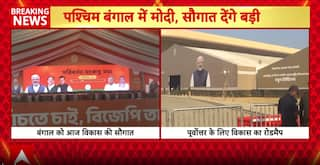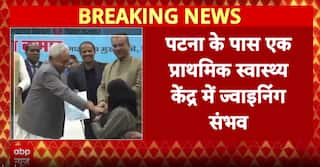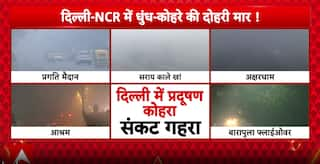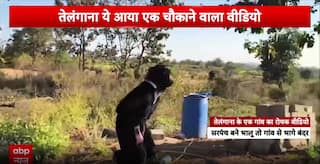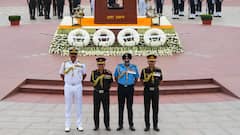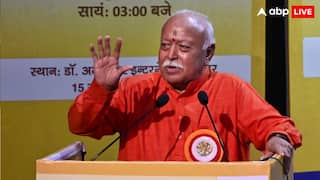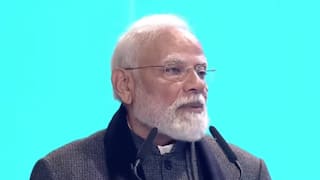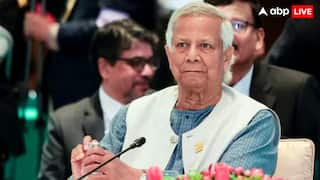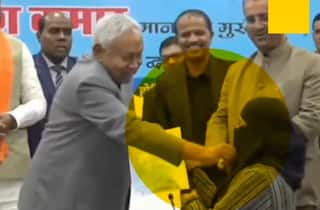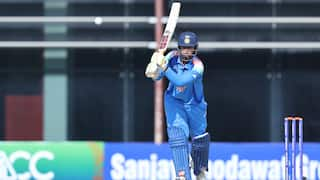Explorer
ISRO says Chandrayaan-2, India’s second mission to Moon is on schedule
Director of ISRO's Liquid Propulsion Systems Centre said tests related to Chandrayan-II were underway at the centre

Chandrayaan-1 was India's first lunar probe. (IMAGE: PTI/ FILE)
NEW DELHI: The Indian Space Research Organisation, ISRO, on Friday said the Chandrayaan-2 mission is on schedule and flight models are going through various tests. In Chandrayan-2, the country's second mission to the Moon, ISRO is planning to rover to explore the lunar surface. "It is on schedule. We have to find out whether it is in March or not," ISRO Chairman A S Kiran Kumar told reporters here in a response to a question. Speaking after the successful orbiting of 31 satellites, including weather observation Cartosat-2 Series craft, by the PSLV-C40, he said the Chandrayan-II satellite was getting ready at the ISRO Satellite Centre. The flight models were going through various levels of tests, he added. It would comprise an orbiter, lander and six-wheeled rover which would move around the landing site and instruments on it would send back data that would be useful in analysing the lunar soil. After reaching the lunar orbit, the Lander housing the rover will separate from the orbiter. After a controlled descent, the lander will soft land on the lunar surface at a specified site and deploy the rover. Director of ISRO's Liquid Propulsion Systems Centre at Mahendragiri in Tamil Nadu S Somanath said tests related to Chandrayan-II were underway at the centre also. "What we are trying to do is to prove the ability to do a soft landing (the rover). Tests are on to demonstrate soft landing in a simulated way," he said. Terming it as a "wonderful task", he said "we are trying to complete it in a short span of time and that is going on right now". On the future launches to be taken up by ISRO in 2018, Kumar said the next launch will be a communication satellite. The GSLV-MkII first stage had been assembled and already completed integration. ALSO READ - Twitter explodes with strong reactions after Supreme Court judges' press conference "They are going through process and it is targeted sometime next month (for launch)," he said. Beyond that, there would be MkIII and another PSLV which will carry navigation satellite IRNSS-1I. "We also have a number of launches almost every month one launch and we are going to work towards that", Kumar, who is retiring later this month, said. "We are trying to push the launch envelope to such an extent so that we have three of GSLV category and nine of PSLV category (this year). It is still quite a tough task", he said. Referring to the unsuccessful launch of IRNSS-1H on 31 August last year, he said it was a peculiar case. "Very marginal deviation created a problem. Not withstanding that what we did is we went through a rigorous process of analysing and have made the system more robust", the ISRO chief said. Kumar said to identify the cause of the incident, a team was formed which carried out various simulations and review process were taken up by the scientists. "Each time you encounter a problem you come out of it. You need not worry about the failure. If you have not failed it means, you have not tried hard enough. So, we need not worry about set backs", he said. Kumar said launch vehicle technology was a very complex thing and in spite of hundreds of successes, there can still be a failure. "That is why it is called as risky business. So what we need to clearly understand is that each time make the system more and more robust, learn the deficiency and keep improving", he added. Vikram Sarabhai Space Centre (VSSC) Director K Sivan, who has been named the successor to Kumar, termed as 'excellent' today's launch and credited the entire ISRO team for the success. He also noted that many international customers approached the ISRO for the launch immediately after the PSLV-C39 failure and it showed the confidence that they have in the agency's workhorse launch vehicle. "We will be definitely meeting their expectations in the future also. This mission is definitely showing the green flag for the exciting high profile missions in 2018 such as the Chandryaan 2, GSLV mk 3 then GSAT-11," he said. Director of Satish Dhawan Space Centre P Kunhikrishnan lauded ISRO scientists for opening the year with a success. This mission proved the effectiveness of all corrective measures taken in PSLV C-40 "making the vehicle more robust and reliable," he said.
Follow Breaking News on ABP Live for more latest stories and trending topics. Watch breaking news and top headlines online on ABP News LIVE TV
Read more










